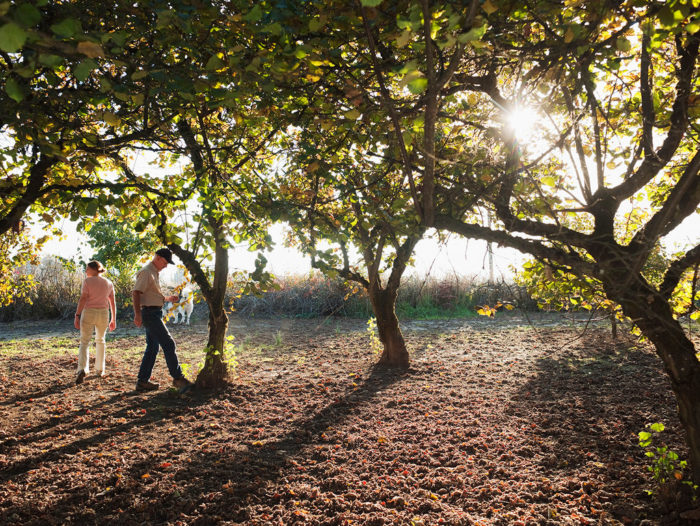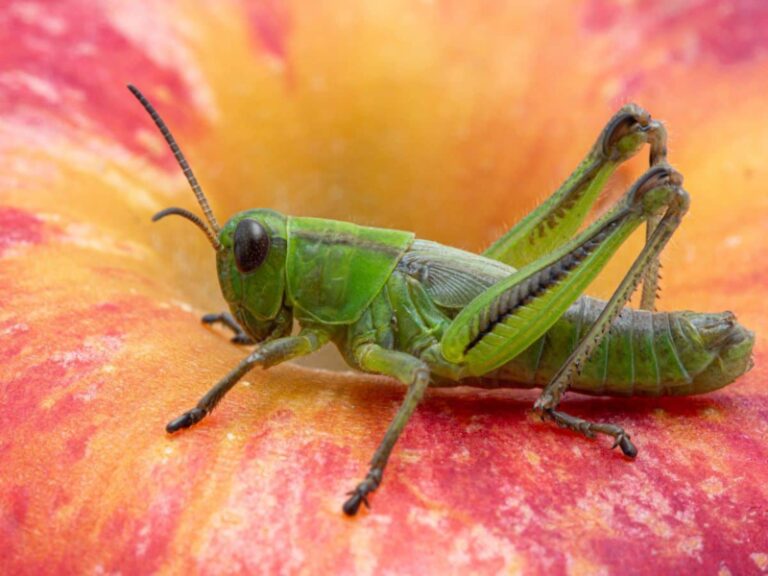Hazel Tree Symbolism – Abundance And Love
Hazel tree symbolism has played a part in the cultures of Europe and the Mediterranean for thousands of years.
Although different cultures see different meanings, all seem to agree on the magical properties of this sacred tree.
For some, it was a symbol of knowledge and wisdom, especially related to the travel between realms and understanding the nature of the universe.
For others, it was a symbol of protection, with the ability to guard against illness and evil spirits.
For others still, it was a symbol of love and abundance, perhaps the most enduring of all Hazel tree symbolism as its effects are still found in our culture today.
Although hazelnut production has all but ceased in the developed world today, it formed a significant part of the food supply in many of those places well into the 19th Century.
Do you want to know all about the symbolic meaning of this sacred tree? Read on to find out more:
Symbol Of Knowledge & Wisdom
The Greeks were all about knowledge and wisdom. Theirs was the first civilization to truly privilege these virtues in a way we might recognize today.
Hermes, who was the messenger between humanity and the gods, was said to carry a Hazel rod that allowed him the ability to travel between realms.
The Romans, who were frankly all about the Greeks, took inspiration and gave Mercury (their equivalent of Hermes) a hazel rod that imbued him with sacred wisdom and also allowed him to travel between realms.
In Celtic tradition, there was a foundation myth that involved this symbolism, too.
It was said that there were nine Hazel trees bordering the realms of the living and the dead.
The hazelnuts that fell from them ended up in the river, where passing salmon would eat them and gain the wisdom and knowledge of life and death.
Those who ate these salmon – given away by the appearance of white spots on the flank – were said to gain the ability to see into the realm beyond and gain higher wisdom about the world we live in.
In fact, this association between the hazelnut and the concept of higher wisdom found its way into the Celtic language.
Their word for nut – “cno” – and their word for wisdom – “cnocach” – are clearly linked.
It is here also that we can see the link with our modern word “knowledge”, with the silent K likely being leftover from the old Celtic language.
Elders within the tribes of ancient Europe elevated the fruits of the Hazel to a highly symbolic status, using them in rituals and rites – particularly in divination.
When there was a poor season for hazelnuts it was often blamed on the abandonment of wisdom, leading in many cases to the exile and replacement of the sitting Elders.
This sort of thinking was common across many tribal cultures covering huge swathes of the ancient and medieval world.
Symbol Of Love
There is a famous love spell that uses the catkins of the Hazel tree as a material. It involves the following:
First, take some catkins from the tree. These appear in the northern hemisphere during February, which makes it perfect for Valentine’s day. Pick them fresh and pick them yourself.
Next, get some pink or red tissue paper – or if you prefer the natural option, the red or pink leaves from trees and bushes.
Wrap the catkins up inside and seal it with a piece of string or twine – and a kiss.
Next, hold it over your heart and speak your incantation.
This is much like a statement of intent, and can be as personalized as you like – but it should be asking for a place in your love’s heart.
Then you must burn it. If you have used fresh leaves you will need to wait for them to dry out, which should only take a few hours in a well-ventilated area.
Remember to pick a safe place to burn it and ensure there isn’t dried grass or leaves around that could catch.
Finally, as it is burning, reiterate your intent. Picture the person you are hoping to cast the spell on and visualize their love for you.
The spell is complete once the burning has stopped.
While this may not exactly work – love spells have a funny way of being less than useful, even in the myths – it is an important piece of Hazel tree symbolism.
The magical properties of this tree have long played a part in the rituals of European cultures.
Symbol Of Abundance
All the way up to the 19th Century the Hazel tree was a common symbol of abundance and good diet.
It formed an important part of the diet of many people as meat was not nearly as common for the poor to eat as it is today.
Hazelnuts are rich in protein and grow quite abundantly, making it vital to the health of local communities.
It also has many uses for the health of the cardiovascular system – heart and lung health.
Dormice are probably the primary beneficiaries of the abundance of this tree.
This is because they are able to store hazelnuts ready for hibernation through the winter.
Caterpillars are also common amidst the branches, which form a large part of a dormouse’s diet during the warmer months.
The health of the local wildlife has long held symbolic importance to European cultures, especially the tribal cultures of Germany, France, and Britain.
Dips in the presence of small animals like Dormice gave crucial information to these ancient peoples about the ecosystems in which they lived – and how difficult the next winter would be for themselves.
Taking lessons, perhaps, from the Dormouse, hazelnuts were a common food store for people, too.
The fact that they kept for so long meant that they could be used as a food source when times were tough, providing a lifeline that pushed itself into the symbolism surrounding these cultures.







